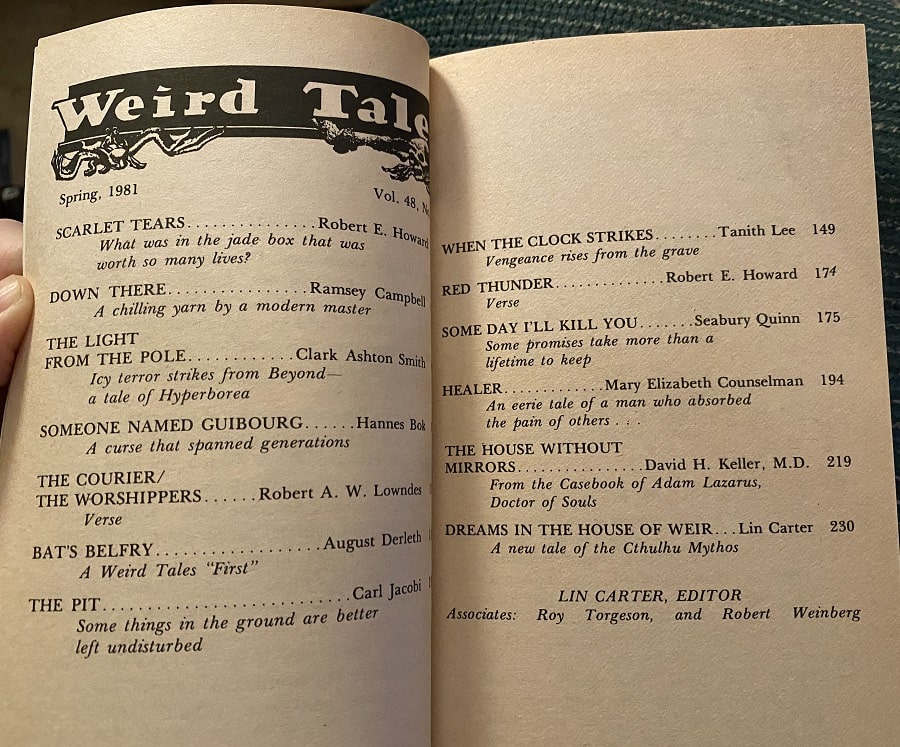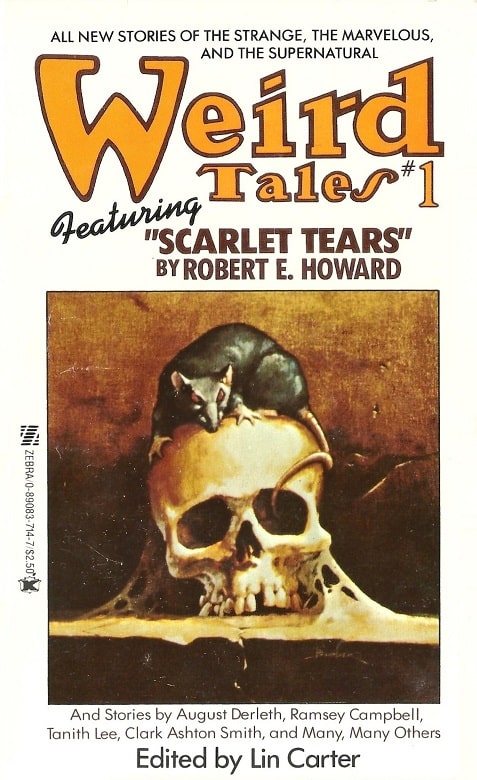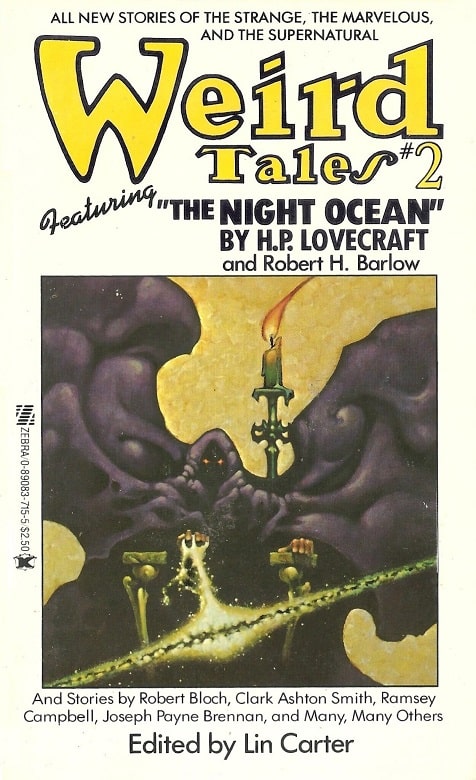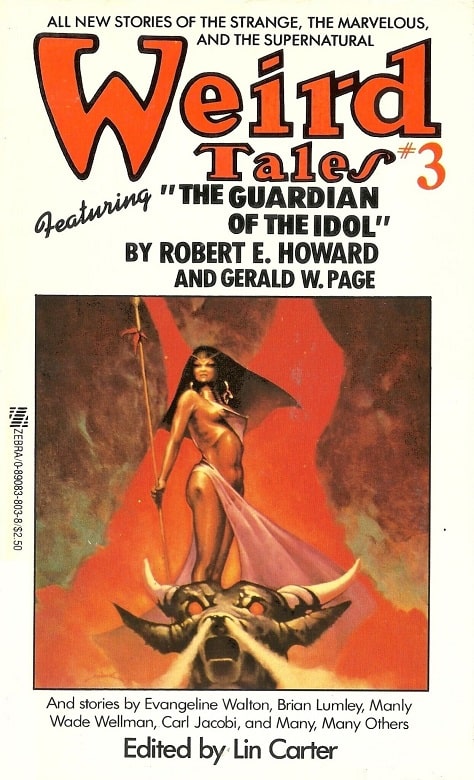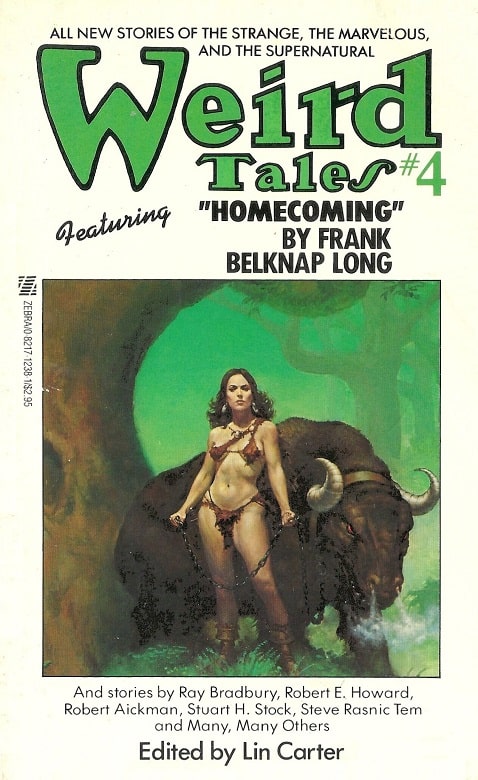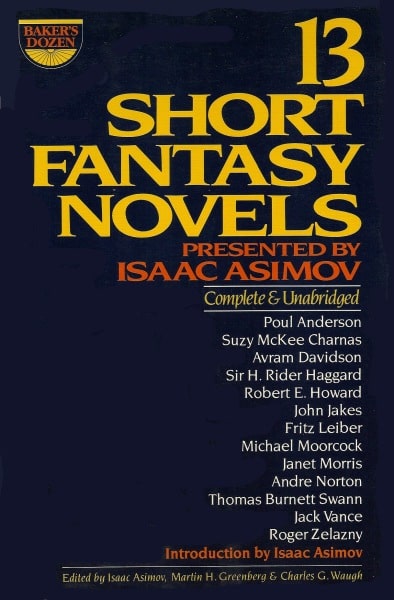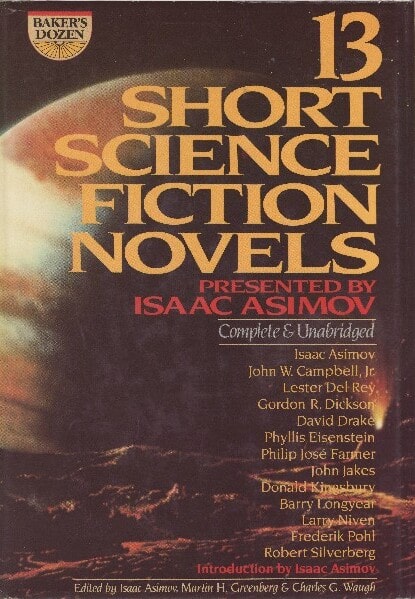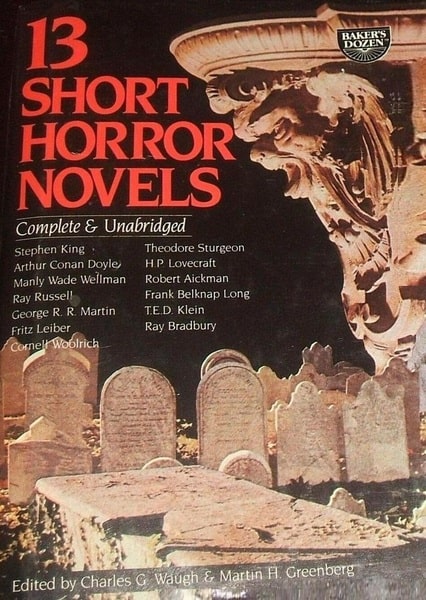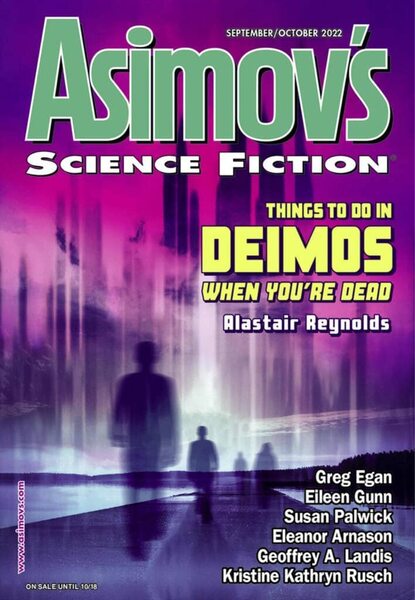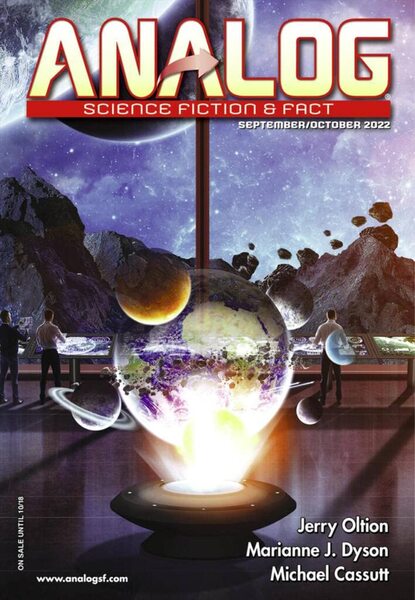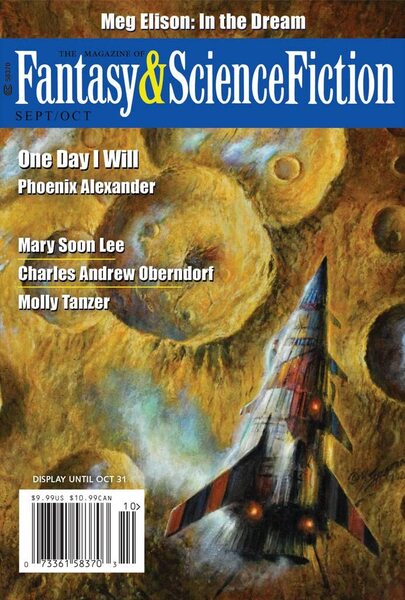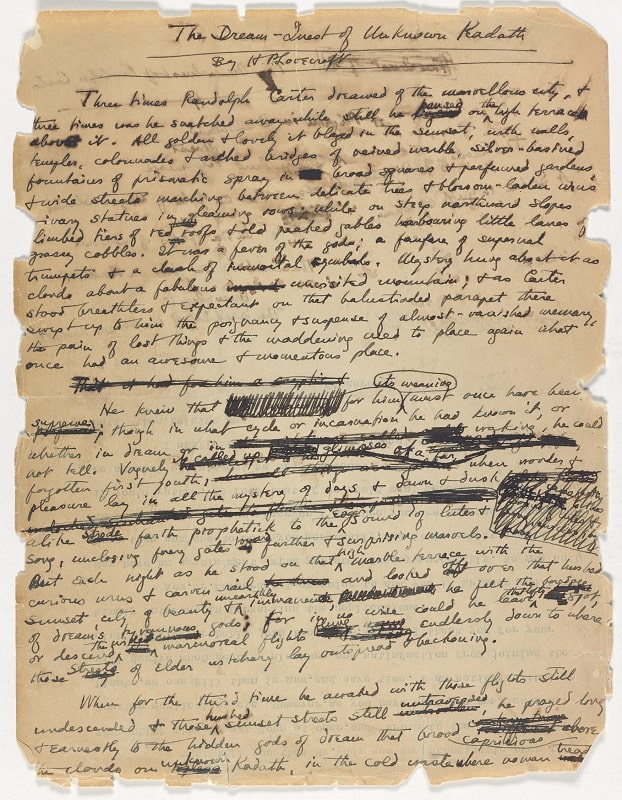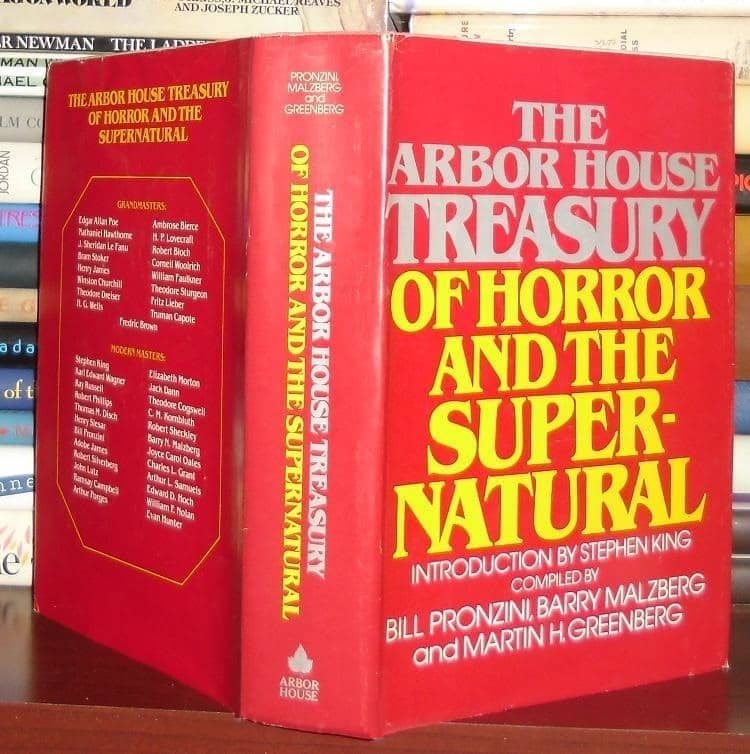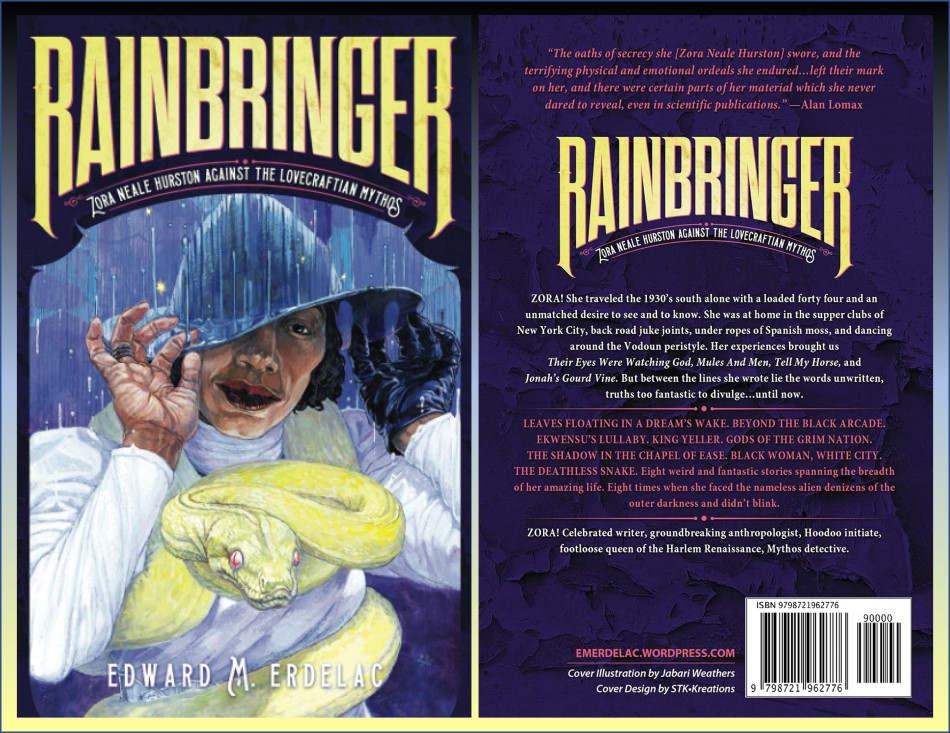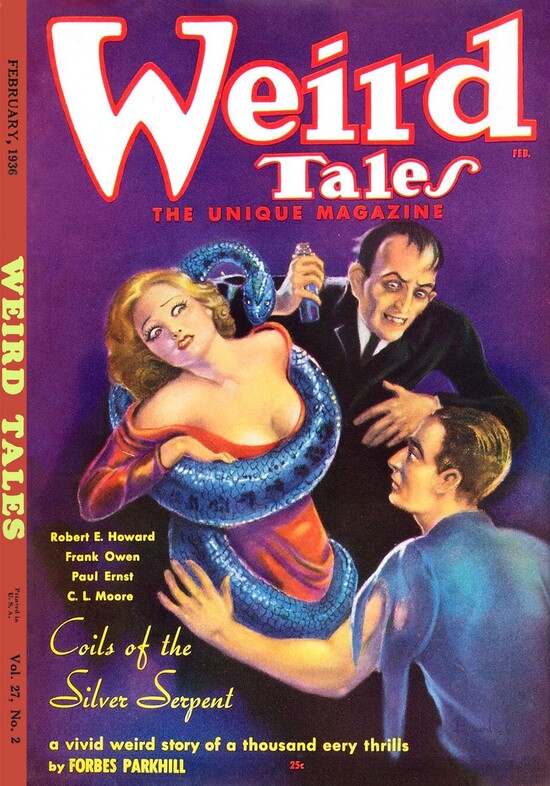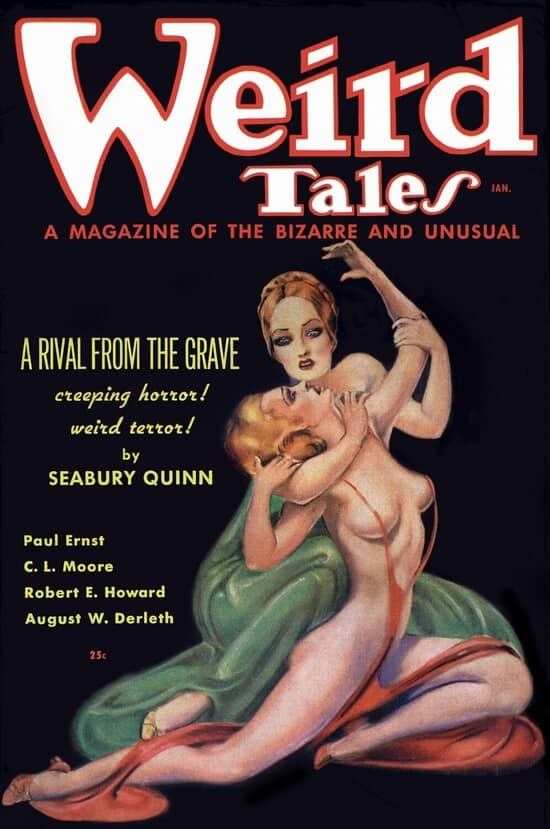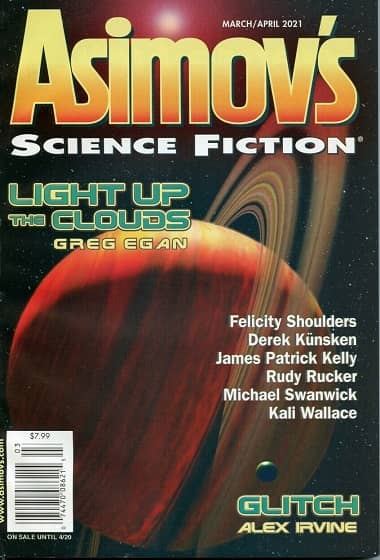Vintage Treasures: Lin Carter’s Weird Tales, Part II
Table of Contents for Weird Tales 1, edited by Lin Carter (Zebra Books, December 1980)
For yesterday’s Vintage Treasures post, I finally had the chance to discuss Lin Carter’s early-80s attempt to resuscitate the Magazine that Never Dies, the long-running weird fiction pulp Weird Tales.
Since I examined all four paperbacks, there wasn’t room in that article to look back at some of the fascinating discussions they’ve triggered over the last four decades, including lengthy commentary from Carter himself — especially his (largely unfulfilled) plans for the future volumes — or reviews of the stories within from modern readers. So I took the time to do that today.
